A starry sky is a sight that leaves no one indifferent.
With a little patience and the will, you can make an LED starry sky that will make your space extraordinary.
Make an LED starry sky with 15-20 5mm LEDs and a DC power supply, with the help of a simple formula and a resistor to control the operating current of the LEDs.
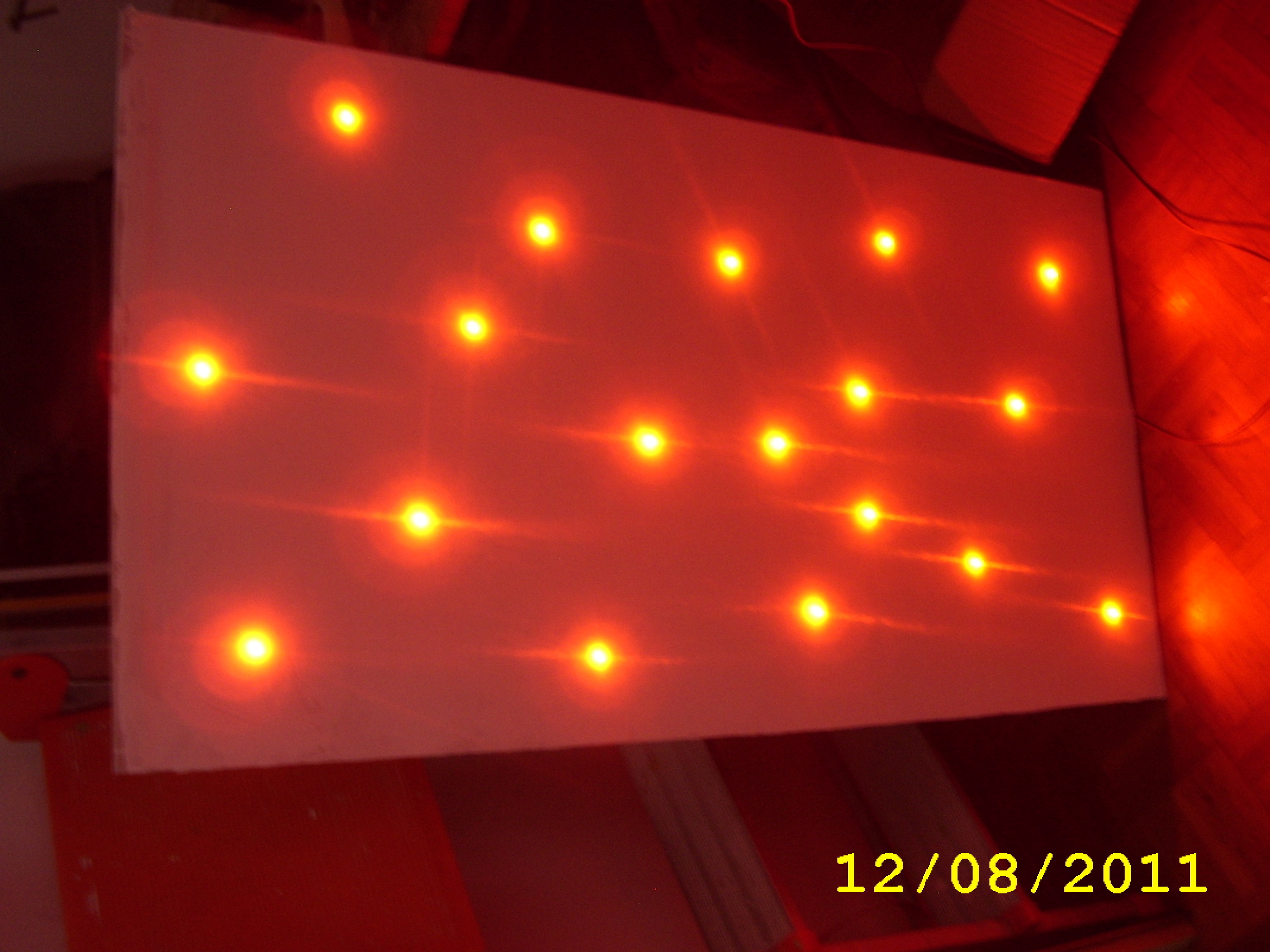
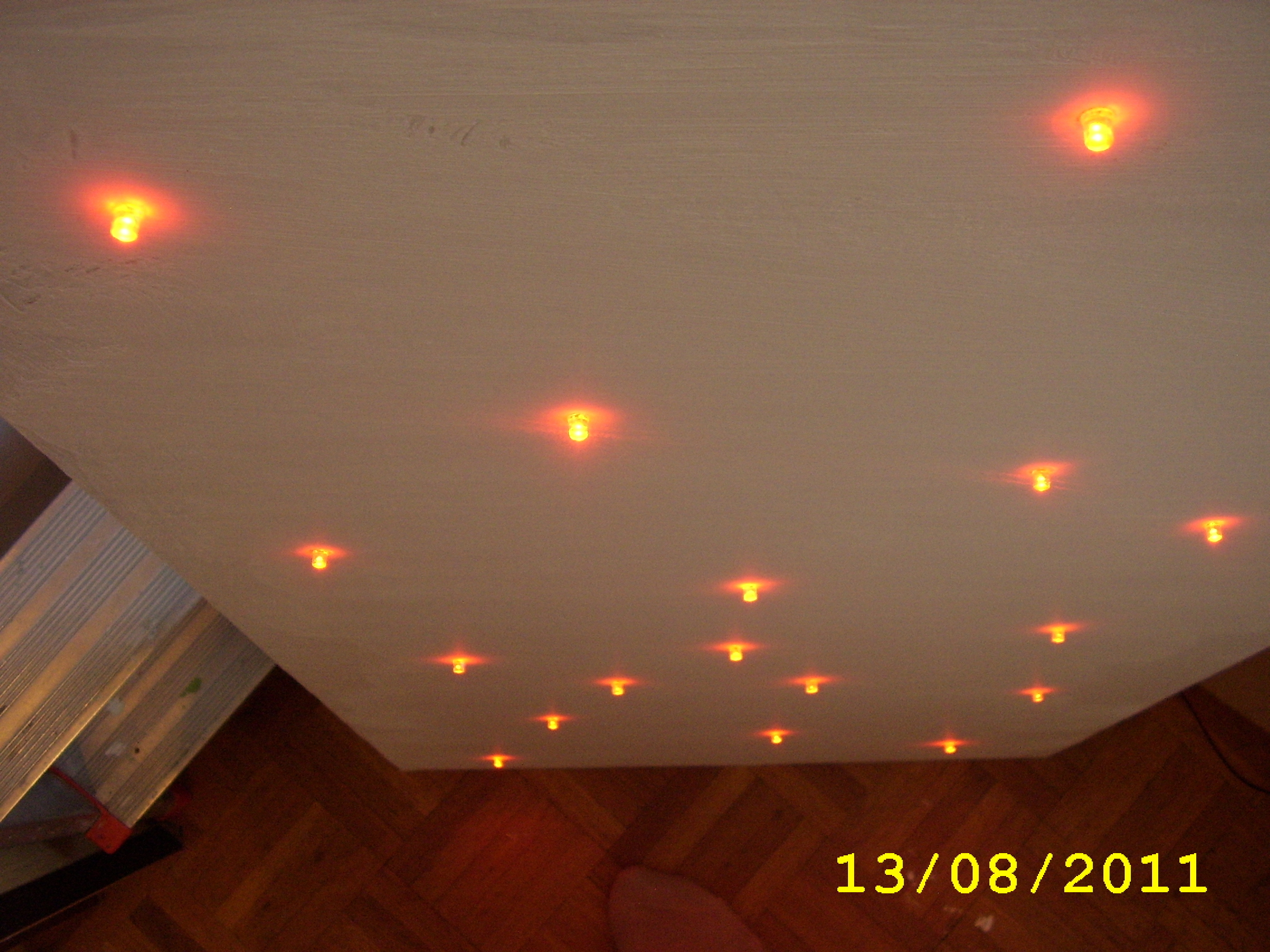
Determine the desired position and shape of the starry sky. That may be part of the ceiling or the entire ceiling. Sketch the surface of the starry sky in the appropriate scale, and sketch the positions of the LEDs.
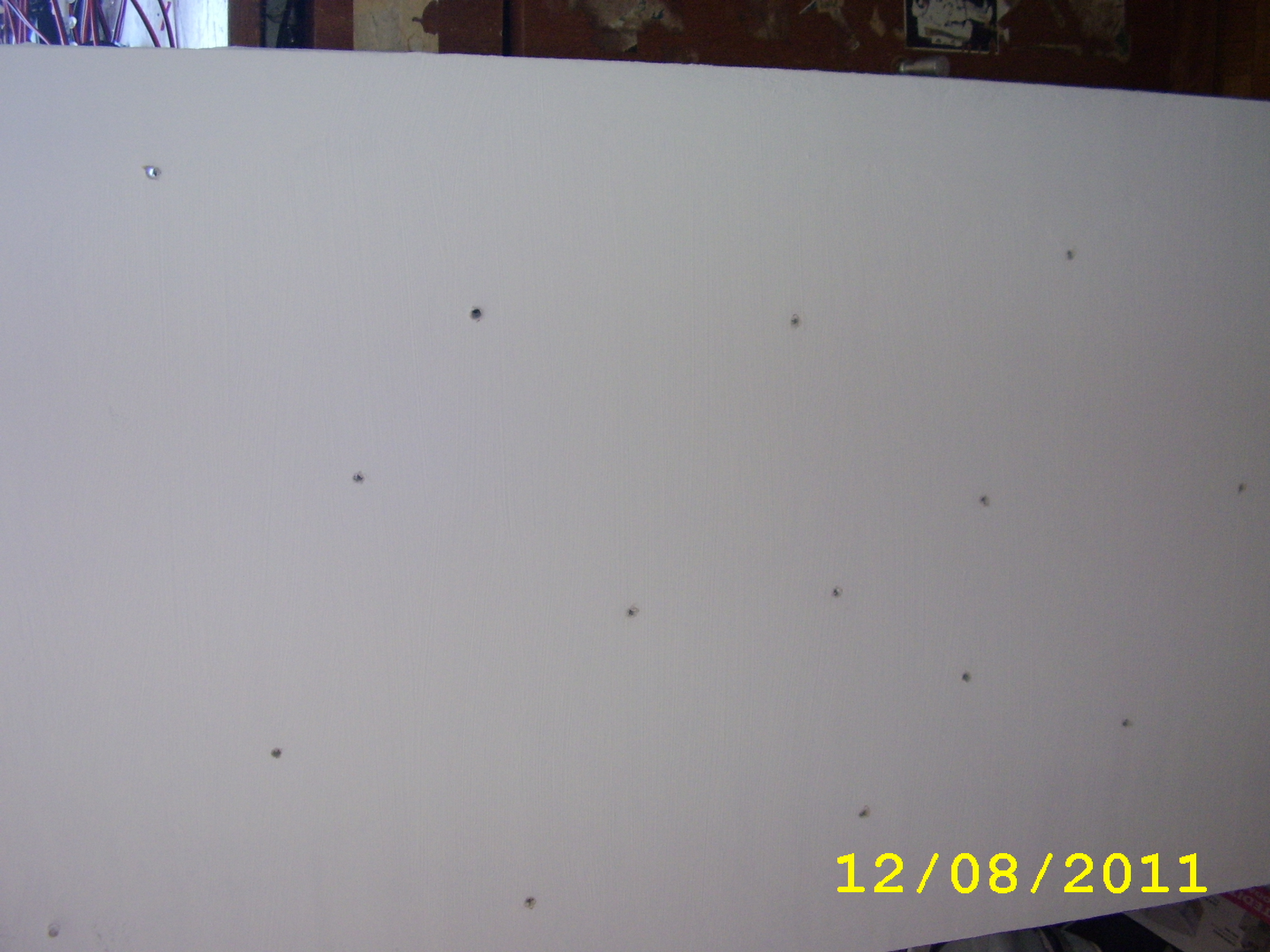

Choose the type of material for the background of the starry sky. It could be gypsum wallboard, plywood, acrylic or the like. Cut your material into the desired dimensions, smooth out any roughness and paint it the color desired. If the material is thicker than 5mm (this applies to all materials except acrylic), the LEDs are mounted on the outside (visible) side. Drill holes for the mounting of the LEDs according to the scheme you have outlined. Drill holes 4.5mm in diameter and make sure that the holes have clean edges. Drill from the side on which the LEDs will be mounted.
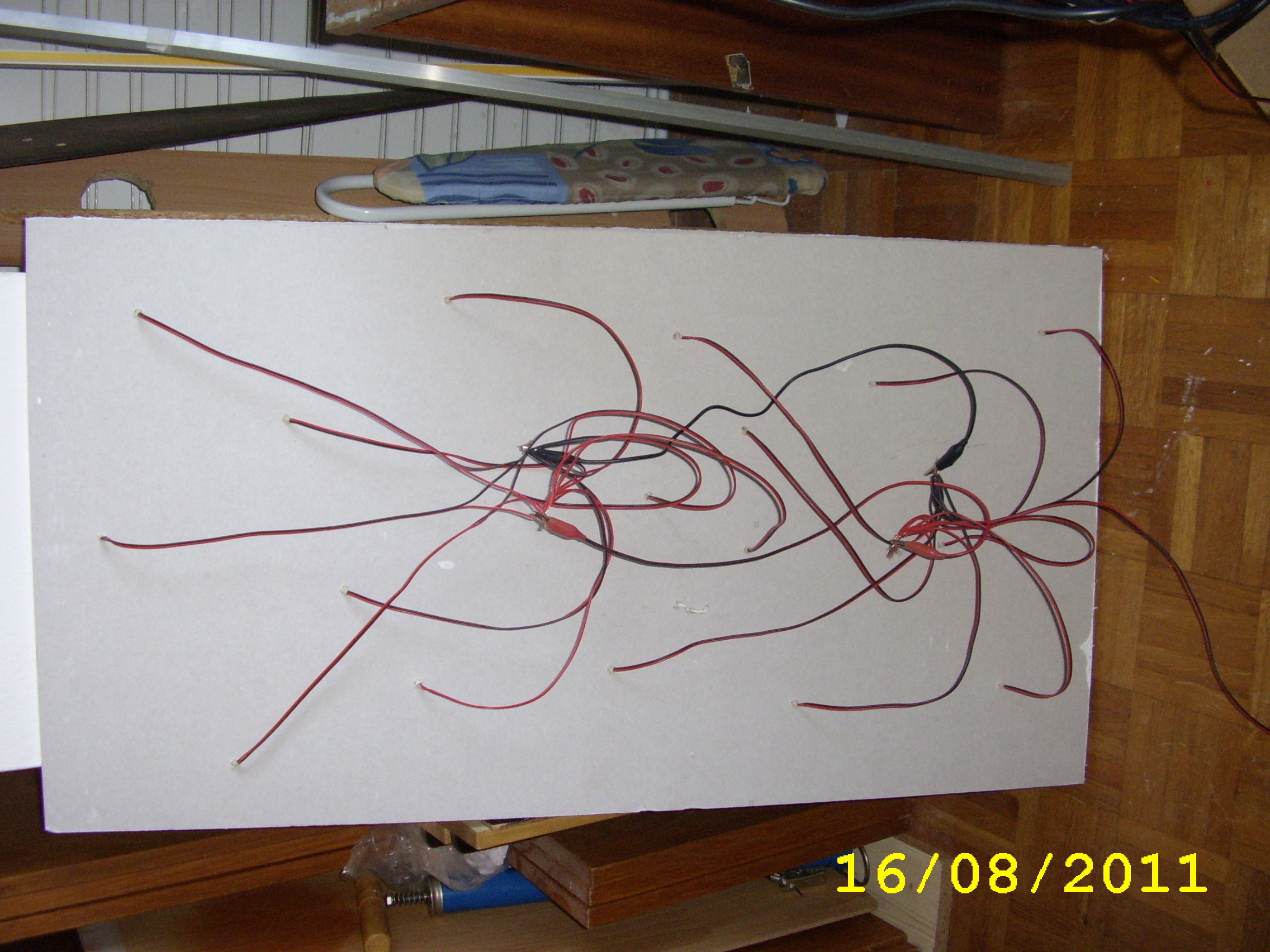
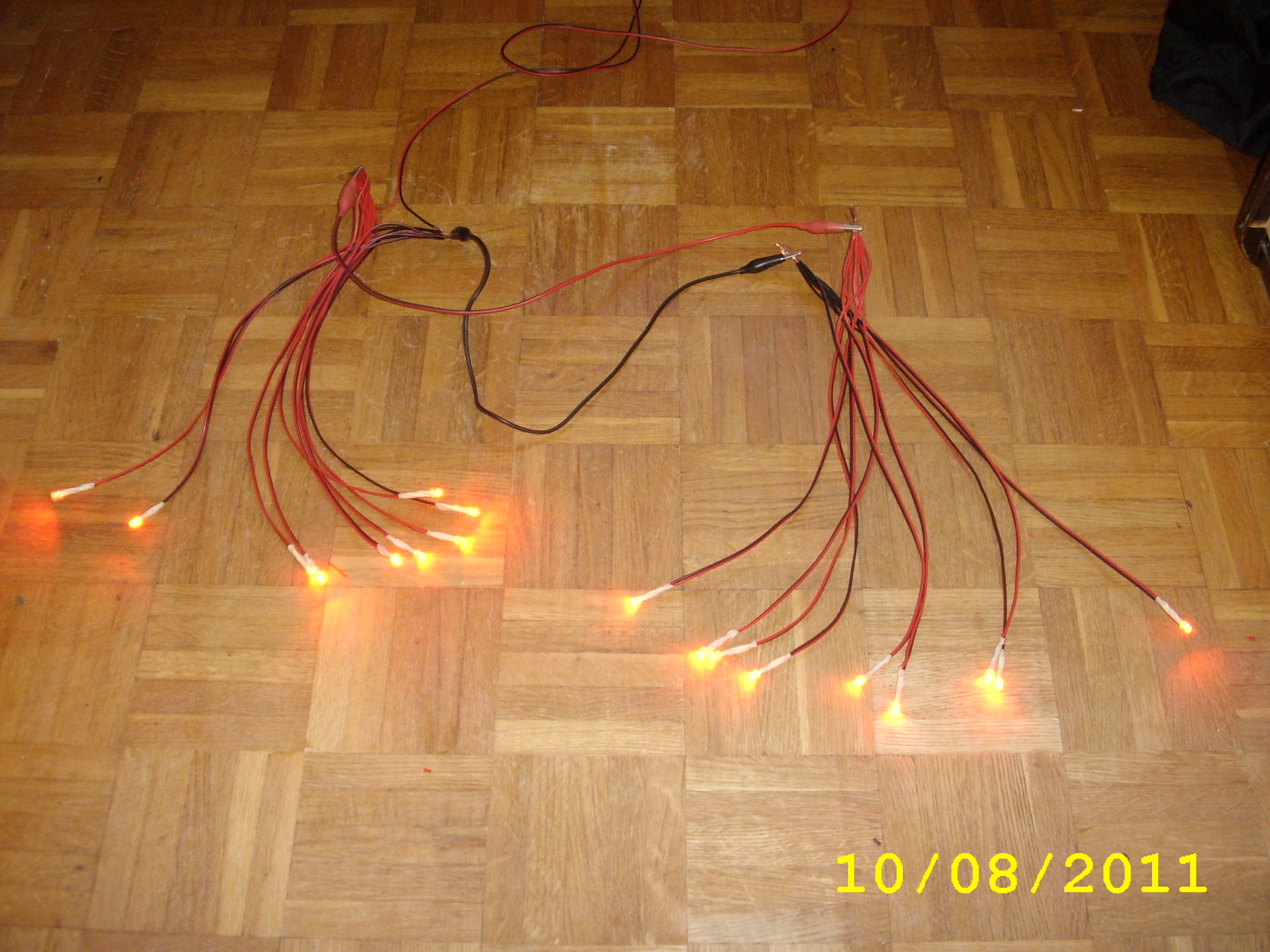
Use LEDs that are 5mm in diameter. The best are the kind with a flat head and a wide angle of view. Flat 5mm LEDs fit better on the “sky’s” surface, and those with a wide viewing angle illuminate the surface around them and give a nice visual effect.
Power consumption and supply voltage are also important. LED supply voltage is different for different color LEDs. Some standard values are 2V to 2.5V for red and amber LEDs, and 2.5V to 3V for white, blue and green. The operating current of standard 5mm LEDs is 20-25mA. If you acquired the LEDs and you do not have accurate data for them, you can use these figures to calculate the current-limiting resistor with a power adapter as will be described.
Solder wires to each LED. It is best to use a red wire to connect to the anode and a black wire to the cathode for ease of connection later on. The length of the wires will depend on the spacing and number of LEDs. You can connect them in groups of a few units and then connect the groups to each other.
If you do not have an instrument to check the polarity of the LEDs, you can use a 1.5V battery with a red wire connected to the positive (“+”) terminal and a black wire connected to the negative (“-“) terminal. The LED will light up when the positive wire is connected to the anode and the black wire to the cathode. Another way to identify the anode and cathode is that each LED has a notch on one side. The lead near the notch is the cathode and it connects to the negative, i.e., black wire. Also, the longer lead of the LED is the anode.
The leads should be cut to a length of about 5mm before soldering. The cable should be of such thickness that it can freely pass through the hole in the sky background. Solder joints should be uniform without excess solder.
Insulate the leads from each other with electrical tape. Always use the same length of tape. Now thread the cable through the hole; it should pass without getting stuck. Use masking tape to secure the wires to the back of the “sky.” You can twist the wires and create a spiral that will stick in the hole to secure the LED, but do this carefully. You can also use glue or silicone to fix the LEDs into the holes. Once you have developed your preferred method, installation of the remaining LEDs will go quickly.

Now the most interesting part of this project! How do you make the LEDs operate reliably without burning out? You need a power supply that provides the correct voltage and current.
At the beginning of the text we said that you should know the rated current and voltage of your LEDs and of course how many LEDs are on your starry sky. For example, your starry sky has 20 LEDs, with the following characteristics: U = 2.5 V (LED nominal voltage) I = 25mA (nominal current). First determine the current the power source has to supply: 20 LEDs x 0.025 (mA turned into A) = 0.5A = 500mA. Almost every phone charger fulfills this requirement.
If you have an old power adapter, look at its output characteristics. Usually U = 5V, I = 650mA or 750mA. Remember, the amount of current that the adapter can supply should be slightly greater than you need. This means you will not overload the power supply.
The next step is to determine the resistor that will reduce the adapter’s voltage to 2.5V or whatever the LEDs require. In this example, the adapter’s original voltage is 5V. The calculation is as follows: U (resistor) = U (adapter) – U (LED) = 5V – 2.5V = 2.5V. R = U (resistor) / I (20 LEDs) = 2.5V / 0.5A = 5 ohms. Last, it is necessary to determine the power dissipation of the resistor: P (resistor) = U (resistor) x I (20 LEDs) = 2.5V x 0.5A = 1.25W.
When you purchase your resistor, please select one with a greater power rating than you calculated because it will produce less heat and reduce the risk of burning out. For example, if you calculate the power dissipation as 1.25W, you can select a 2W resistor.
As for the resistor values in ohms, you will not go wrong if you select a value 10-15% greater than calculated, because this will reduce the current through the LEDs and prolong their life. Your starry sky will shine a little less, but you will merely be using it as a decorative lighting system.

All that remains is to mount the starry sky on the ceiling and enjoy. If you need to install a power mains outlet near where your sky is mounted, be sure to disconnect the circuit when installing the wiring. If you are not an electrician, leave that part to a professional. Remember that high voltage is dangerous! Your installation must be safe; use proven parts.
If you want to use a great many LEDs to create your own starry sky, you can make several panels that will connect with each other, but the power supply must provide more current and you must use a resistor for each group of LEDs.